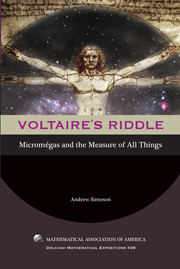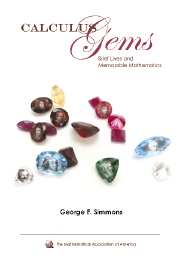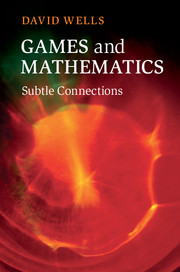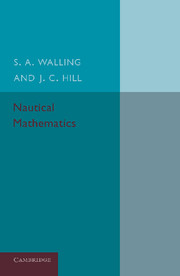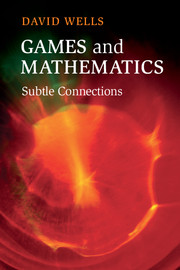Voltaire's Riddle
In 1752 Voltaire published Micromégas, the story of a 120,000-foot tall resident of a planet of Sirius who visited our solar system. As a parting gift, the visitor gave the French Academy of Sciences a book that, he said, contained the answer to all things. On examination, the book was found to be blank. This is the riddle: why was it blank? Voltaire's Riddle contains a new translation of the story and continues with a series of chapters, each of which begins with a historical or literary vignette followed by the mathematics behind it. Topics include trajectories of comets, the flattening of the Earth at the poles, Maupertius's pursuit problem, Dürer's possible use of trochoids, and the precession of the equinoxes. The book ends with possible answers to Voltaire's riddle. Readers need know little more than calculus.
- A rich book that will broaden the horizons, both mathematical and historical, of anyone who reads it
- Covers many mathematical topics, such as the trajectories of comets and the flattening of the Earth at the poles
- Each chapter ends with exercises to aid understanding
Product details
January 2010Hardback
9780883853450
396 pages
235 × 157 × 24 mm
0.65kg
This item is not supplied by Cambridge University Press in your region. Please contact Mathematical Association of America for availability.
Table of Contents
- Contents
- Introduction
- Vignette I. A dinner invitation
- I. The annotated Micromegas
- Vignette II. Here be giants
- 2. The micro and the mega
- Vignette III. The Bastille
- 3. Fragments from flatland
- Vignette IV. A want-to-be mathematician
- 4. Newton's polar ellipse
- Vignette V. A bourgeois poet in the temple of taste
- 5. A mandarin orange or a lemon?
- Vignette VI. The zodiac 1
- 6. Hipparchus's twist
- Vignette VII. Love triangles
- 7. Durer's hypocycloid
- Vignette VIII. Maupertuis's hole
- 8. Newton's other ellipse
- Vignette IX. The man in the moon
- 9. Maupertuis's pursuit curve
- Vignette X. Voltaire and the almighty
- 10. Solomon's pi
- Vignette XI. A Laputian tree
- 11. Moon pie
- Vignette XII. A last curtain call
- 12. Riddle resolutions
- Appendix
- Cast of characters
- Comments on selected exercises
- References
- Index.

